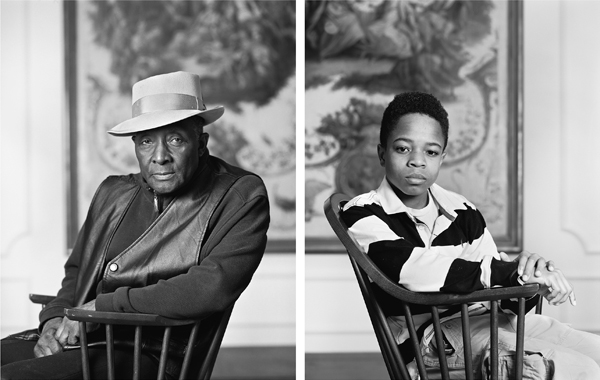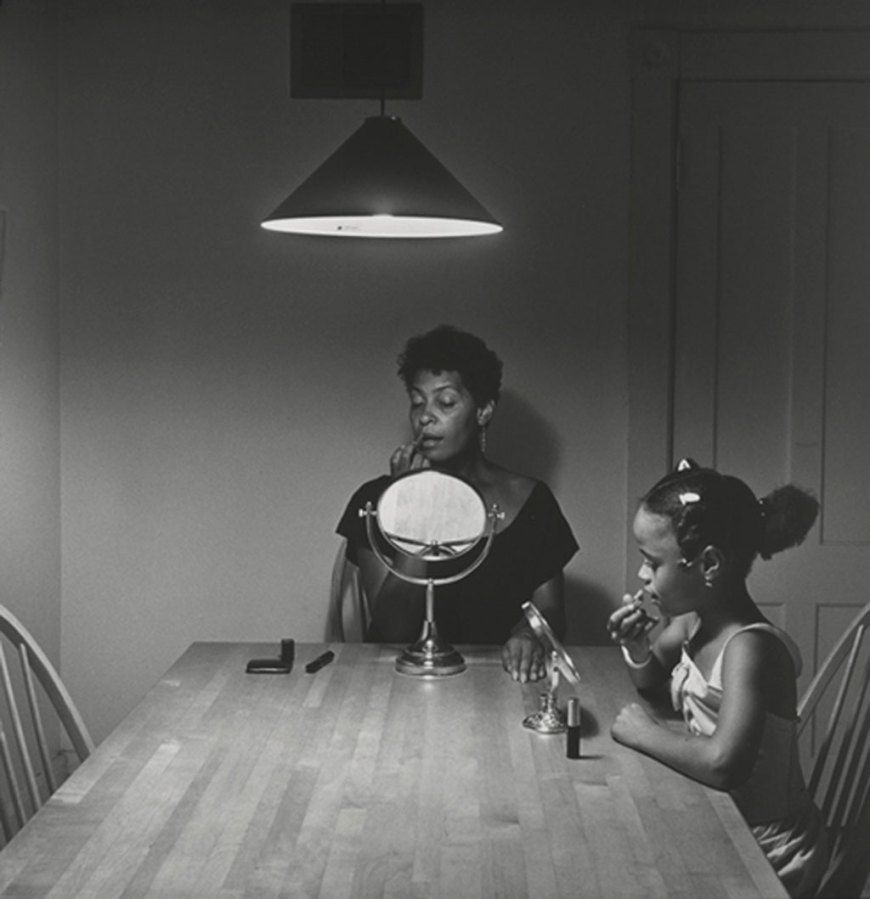Jamir Campbell
Dawoud Bey is an American Photographer and educator known for his large-scale art photography and street photography portraits , including Americans in relation to their community. Dawound Bey believes Photography could be a part of perpetuating images that were part of the problem or photography could be used in a way that proposed solution. He also believes in the saying “you’re either part of the problem or part of the solution” basically what he means , is if your art isn’t purposeful or making a point about what’s currently going on in the world then your apart of the problem. Realize that even as an artist or a photographer you can be part of the problem or part of the solution and to try to figure out what exactly does that mean. So, there are certain kinds of images out there that actually feed into a certain kind of stereotype that reinforces the problem or you can make those kinds of images that in a more honest way that changes those stereotypes. Those images and representations can become part of the solution in a way by using the camera to pose an alternate proposition. So that is the way I thought about it. One of his projects I would like to talk about is the Dawoud Bey’s Birmingham project is a deeply felt and abstractly rich tribute to the victims of the 16th street Baptist church bombing in the city of Birmingham, Alabama, on September 15, 1963. During this time, the Ku Klux Klan deployed dynamite in the lower ground floor of the 16th Street Baptist Church in Birmingham, Alabama, a venue that had been previously used the headquarters for Martin Luther King Jr’s anti-segregationist protests. The explosion killed four girls who were getting ready for Sunday service the photo series, created in 2012, features images of the church community, each having fifty years between them. Every diptych has a young person the same age as one of the victims of the 1963 hate crimes, paired with another of an adult 50 years older. This signifies the age of the child had they been alive today. The picture I liked from this project was the Fred Stewart II and Tyler Collins, 2012 photo they were side by side. Most of the pictures in this series include a 50-year-old person and a kid who is the of age of the kids who died in the explosion. I think these pictures in black and white give off a lot of emotion. The subjects in the series never met each other. Bey took their portraits separately and only paired them after. This could be through their gestures or expressions, the composition, or even personal aspects. Bey tried to make two works resonate closely in relation to the other. This tone strengthens the nostalgia and the emotional effect of the diptychs.
Artist Carrie Mae Weems has used photography to explore national and personal history, using herself and her family as stand-ins to explore common narratives, and using the medium as a tool to challenge stereotypes. Carrie Mae said that this series was not only for African American Women, but women in general. I think this series expressed, What’s the life of a woman in relationship to a family, in relationship to a man, to children, to her friends and to herself. The picture I found most interesting was the Woman and daughter with makeup from Kitchen Table Series. A woman and daughter sit at the kitchen table. The woman investigates her vanity mirror as she applies lipstick; the daughter copies her mother’s pose with her own mirror and lipstick. Although they are not looking at each other, they are synchronized in a shared act. In this seemingly intimate moment between mother and daughter, the woman is, in effect, teaching her daughter the gestures of femininity. I think Carrie Mae Weems and Dawoud Bey have a lot of things in common. They both do a great job at using their photography to express themselves and talk about the problems that exist in today’s world. They mostly use African American when taking their photos. Carrie Mae Weems uses her photos to talk from a women perspective, while Dawound Bey uses his photos to express how everyone feels in a certain community. Carrie Mae Weems photos are set up in her kitchen, while Dawound bey does not stage his pictures he allows his subjects to be free.






I could not agree more with what you took away from the work of these two artists. Every photographer or image maker of any kind has a choice to either reproduce stereotypes or to challenge them.